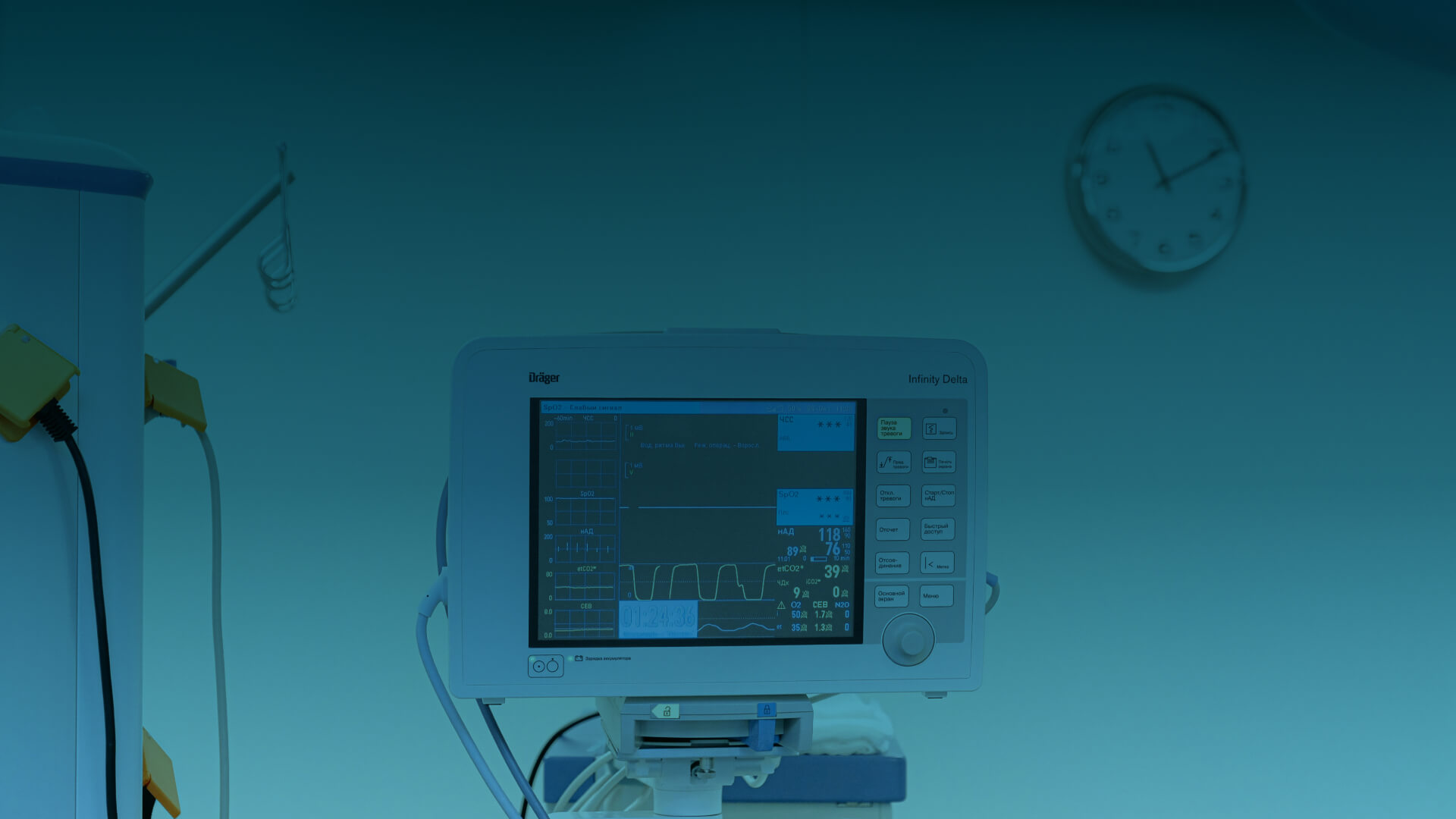How Manifest Streamlines FDA Submissions for MDMs
For medical device manufacturers, End-of-Life (EOL) and End-of-Support (EOS) software issues are no longer background noise; they’re front and center in the FDA’s 2025 Cybersecurity Guidance. Page 17 is explicit: manufacturers must disclose EOL/EOS information as part of their SBOM submissions.
This requirement sounds simple. In reality, it’s a massive time sink. Today, compliance and quality teams spend weeks, sometimes months, tracking down lifecycle data across proprietary vendors, open-source communities, and third-party integrators. Each source has its own challenges:
- Proprietary software may hide EOL/EOS timelines in vague contract language or “extended support” carve-outs that differ by customer.
- Open-source libraries often lack any official lifecycle policy at all, leaving teams guessing whether a project is actively maintained or effectively abandoned.
- Third-party software provided through integrators can be nearly impossible to assess without direct vendor cooperation.
Meanwhile, devices often remain in hospitals for 10+ years, long after much of the embedded software has aged out of its support window. Without a systematic way to aggregate and monitor lifecycle data, manufacturers face FDA delays, avoidable cybersecurity exposures, and ultimately risks to patient safety.
A Faster Path to FDA Readiness
What manufacturers need is a clear, repeatable process for lifecycle data:
- Collect lifecycle information across all components (proprietary, open-source, and third-party).
- Enrich SBOMs with that EOL/EOS context so FDA reviewers can verify what’s disclosed.
- Maintain that data over time as vendors update support commitments or OSS projects lose steam.
But here’s the reality: manual aggregation is a dead end. It’s slow, error-prone, and outdated the moment you finish. Determining whether an open-source library is “maintained” requires detective work across mailing lists and GitHub activity. By the time your spreadsheet is complete, the data has already changed.
How Manifest Simplifies EOL/EOS
The Manifest Platform eliminates that manual burden by giving security and risk teams end-to-end visibility across software, AI, and supplier ecosystems.
For FDA submissions, this means you can move from raw SBOMs to lifecycle-enriched, regulator-ready documentation in seconds, not weeks. Instead of manually chasing down vendor support timelines or guessing at OSS project health, Manifest automates the entire process.
With Manifest, you can:
- Aggregate and Enrich SBOMs Automatically: Upload SBOMs in any standard format, validate and auto-heal them, and instantly enrich every component with EOL/EOS data, vulnerability context, and license information.
- Maintain a Live Risk Inventory: Manifest continuously updates SBOMs as vendor contracts change or OSS communities wind down, so lifecycle data is always accurate.
- Prioritize What Matters Most: Combine lifecycle data with vulnerability exploitability analysis and real-world device context to filter out noise and highlight risks that truly impact patient safety.
- Share with Confidence: Generate FDA-ready SBOMs, JSON, and VEX reports in seconds, and securely share them with regulators, auditors, or customers. No extra manual effort required.
Instead of a last-minute scramble, lifecycle management becomes an automated, monitored, and defensible part of your daily workflow.
Building Trustworthy Devices
EOL and EOS aren’t just compliance checkboxes, they’re fundamental cybersecurity and patient safety issues. Unsupported software means unpatched vulnerabilities, expanded attack surfaces, and unnecessary risk to those relying on your devices.
By automating lifecycle visibility with Manifest, manufacturers go beyond box-checking. They build devices that are secure, compliant, and trustworthy from day one.
The bottom line: Don’t let EOL/EOS derail your FDA submission or leave patients exposed. With Manifest, you can see it, share it, and solve it instantly.




